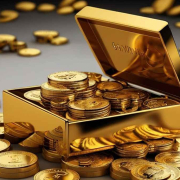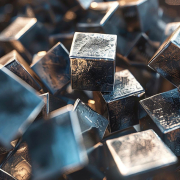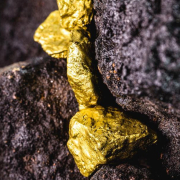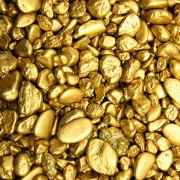Zarrin Shemsh Company, as one of the leaders in the precious metal ingot production industry, places special emphasis on the secure storage and warehousing of its products. Precious metals such as gold, silver, platinum, and other rare metals, due to their high economic value and security sensitivities, require storage under special conditions and high safety standards. In this regard, Zarrin Shemsh has implemented a set of security and management measures, some of the most important of which are outlined below:
Storage Standards
Zarrin Shemsh Company adheres to international standards in the storage of precious metals to ensure the preservation of the quality and authenticity of its ingots. These standards include the precise control of temperature, humidity, and light within the storage environment, which helps prevent any physical or chemical damage to the metals.
Advanced Security Systems
Zarrin Shemsh’s warehouses are equipped with advanced security systems such as CCTV cameras, motion sensors, anti-theft doors, and fire alarm systems. Additionally, all entries and exits from these warehouses are strictly monitored and controlled according to rigorous security protocols to prevent any unauthorized access.
Inventory Management and Precise Tracking
Zarrin Shemsh utilizes advanced inventory management systems and tracking software, enabling precise control over warehouse inventory and the tracking of all ingot movements. Each ingot produced is assigned a unique identifier, allowing for easy tracking throughout the storage and transportation processes
Comprehensive Product Insurance
To increase assurance and mitigate potential risks, Zarrin Shemsh provides comprehensive insurance coverage for all its products. This insurance protects the ingots against risks such as theft, fire, natural disasters, and other external factors
Training and Specialized Personnel
Zarrin Shemsh conducts regular training sessions for its personnel to enhance safety and efficiency in storage management. These training sessions cover safety principles, proper methods for handling ingots, and the use of modern storage equipment. Specialized and experienced personnel are one of the key factors in ensuring the security and quality of the storage process.
Strategic Warehouse Location
Zarrin Shemsh strategically locates its warehouses in areas with easy access to production centers and transportation routes. These intelligent choices help the company optimize its logistics processes while maintaining a high level of security.
Risk Management and Emergency Plans
Zarrin Shemsh has developed risk management and emergency plans to address any unforeseen events. These plans include various scenarios and quick response methods to minimize damage in the event of an incident
Commitment to Social Responsibility and Environmental Protection
While adhering to the highest safety and security standards, Zarrin Shemsh is also committed to social responsibility and environmental protection. The company’s storage processes are designed to minimize any negative impacts on the environment.




